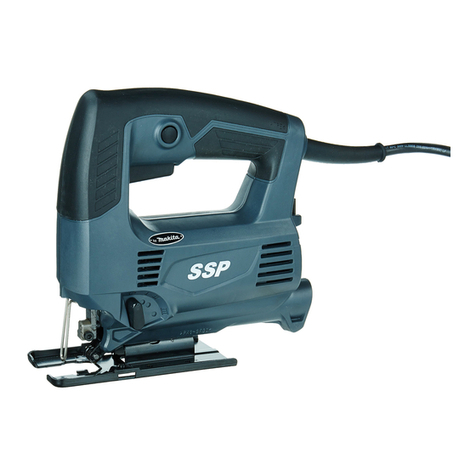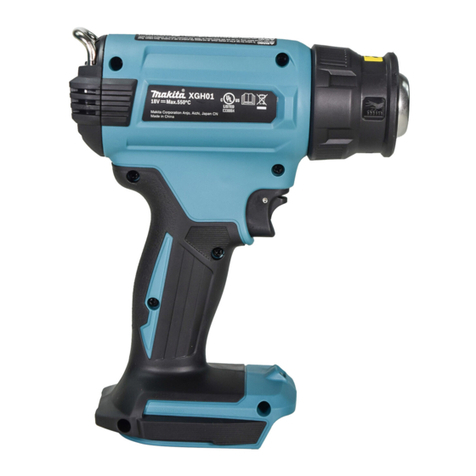Makita KP001G User manual
Other Makita Power Tools manuals
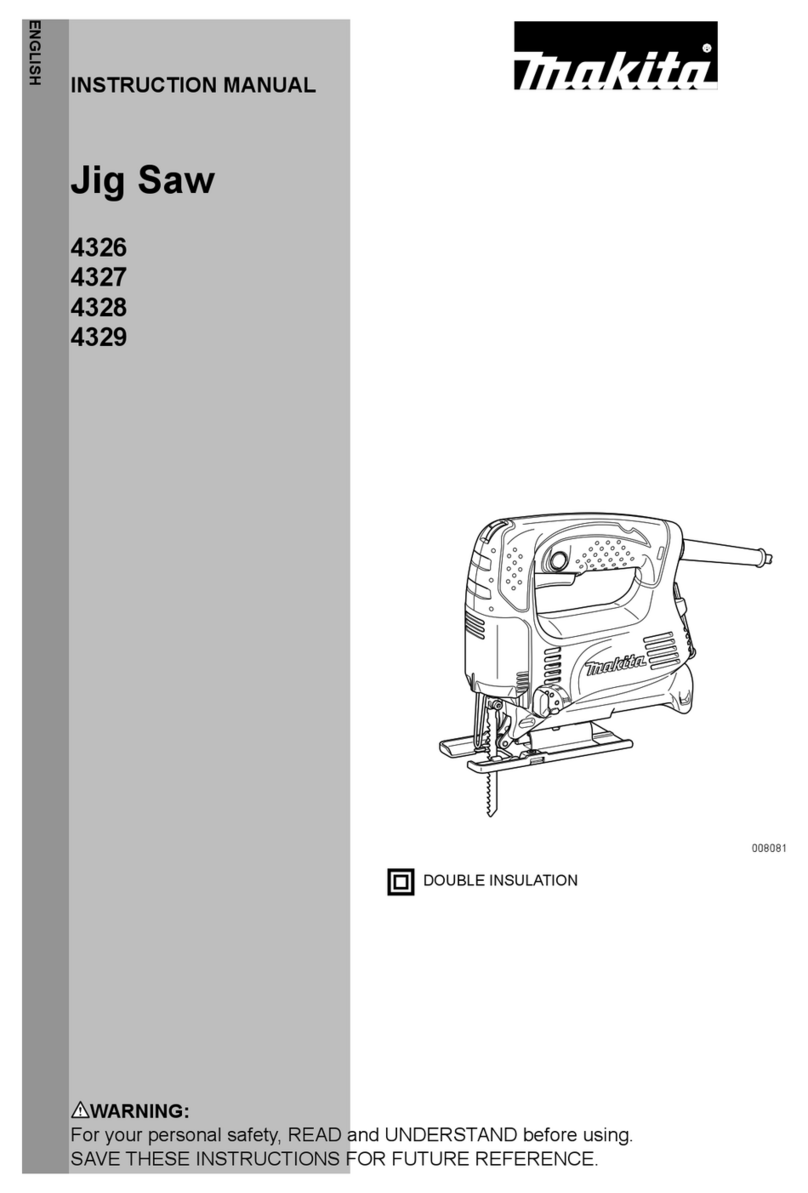
Makita
Makita 4326 User manual
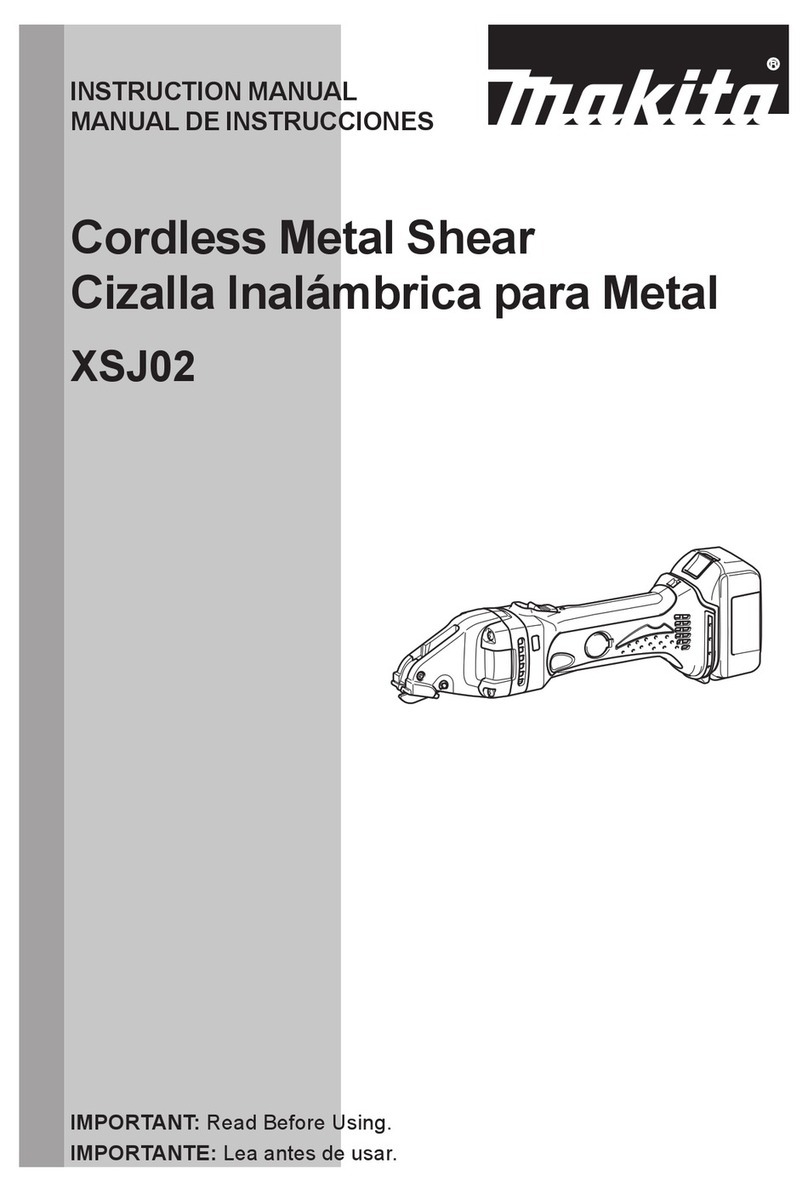
Makita
Makita XSJ02 User manual
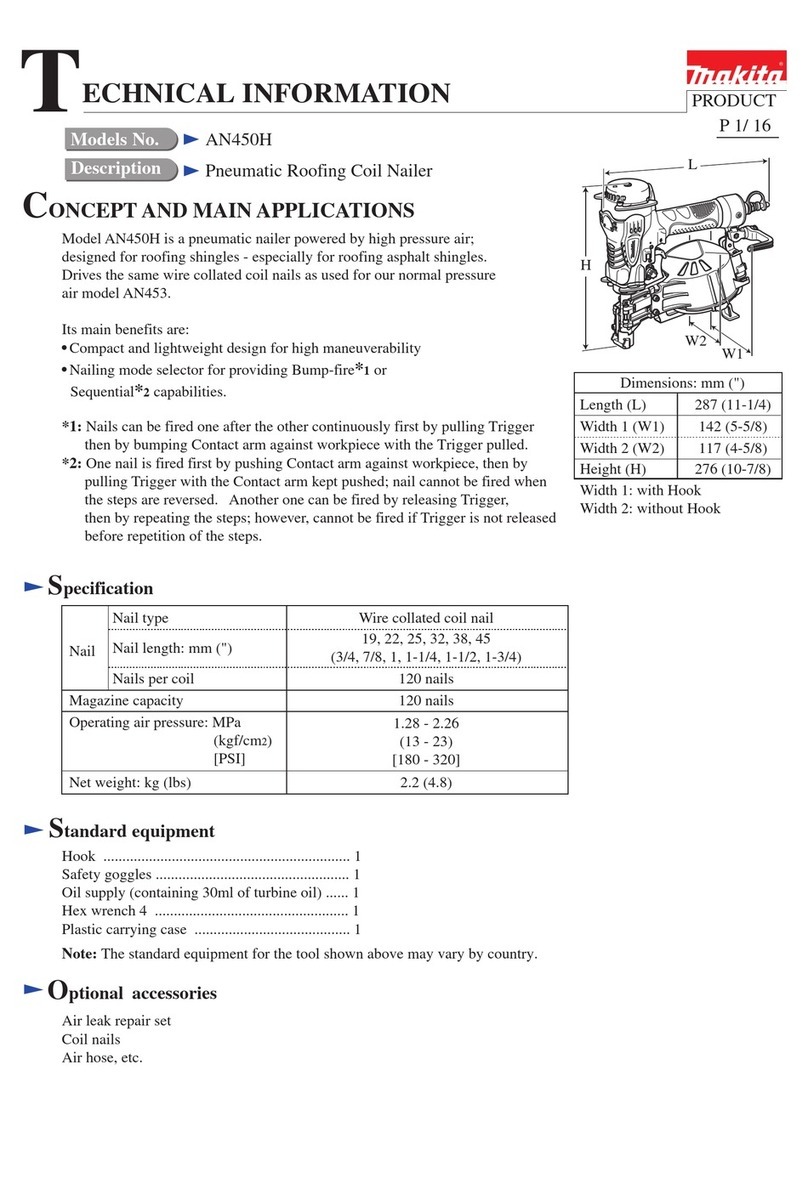
Makita
Makita AN450H Manual
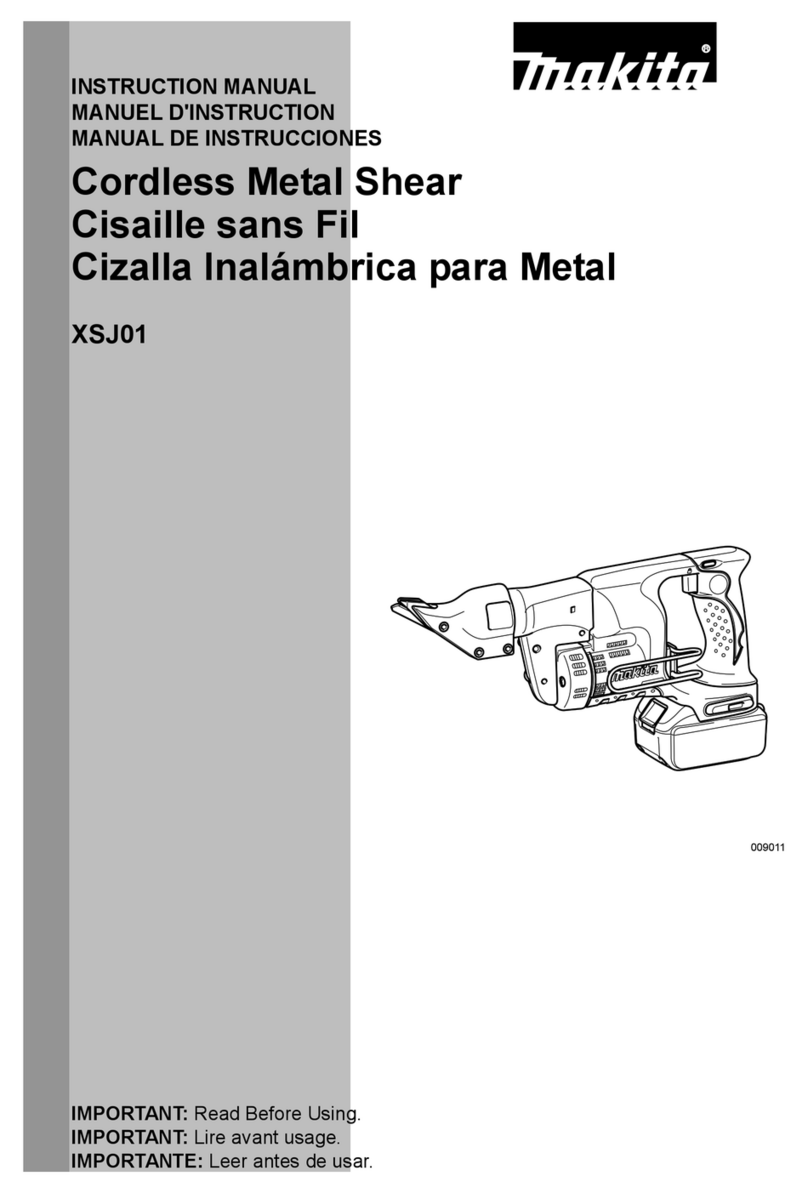
Makita
Makita XSJ01 User manual
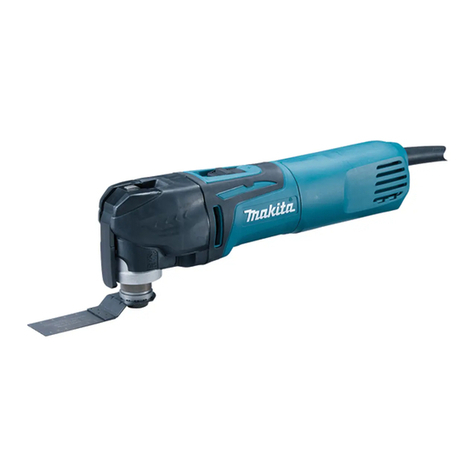
Makita
Makita TM3010CX6 User manual
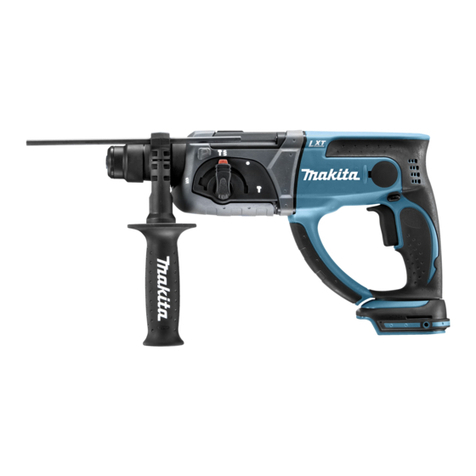
Makita
Makita DHR202RF User manual
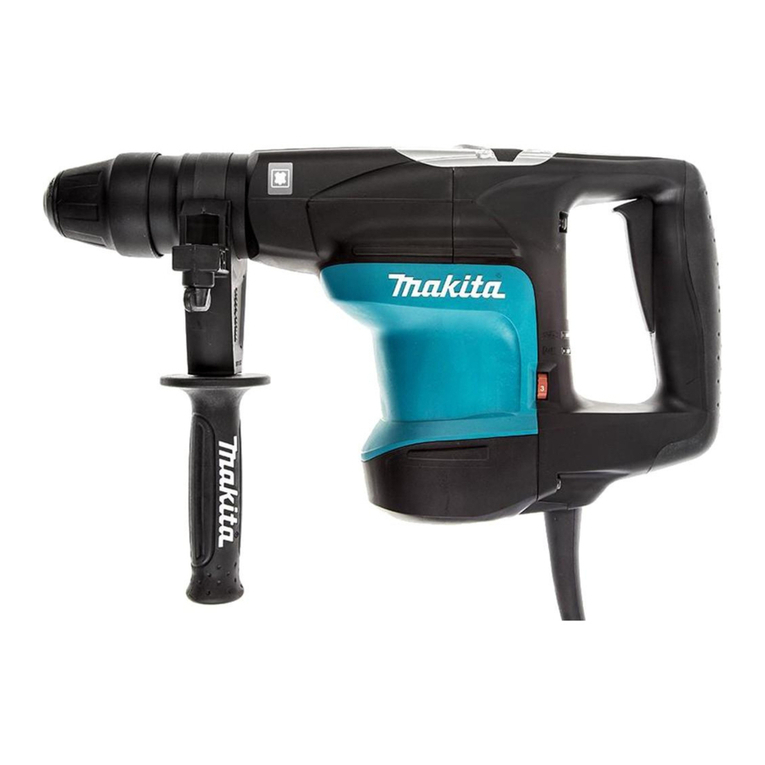
Makita
Makita HR3540C User manual
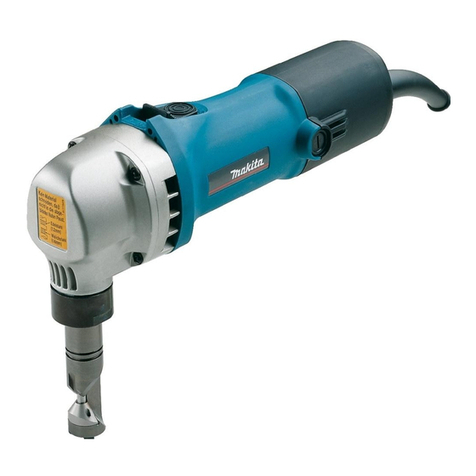
Makita
Makita JN1601 User manual
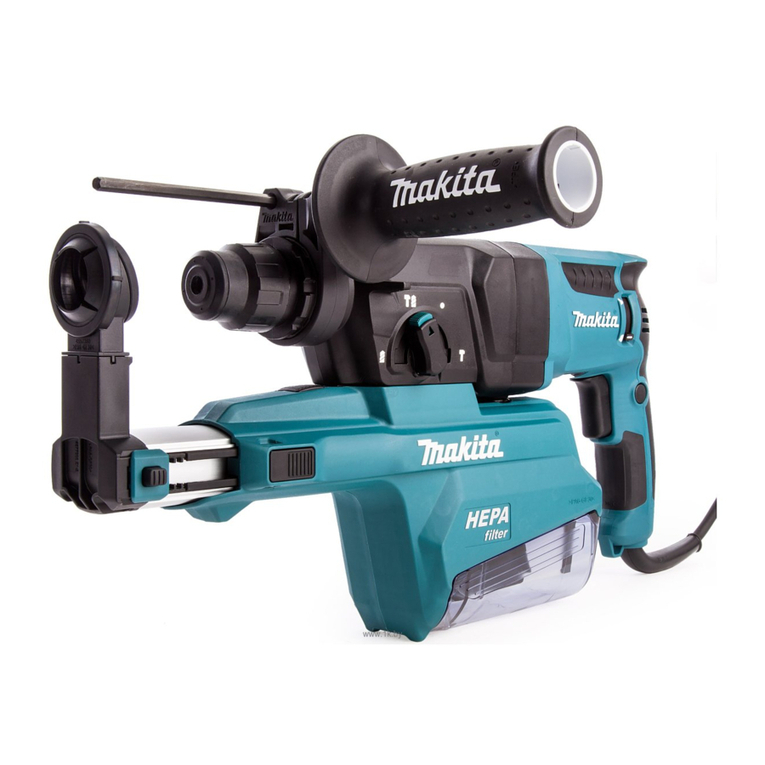
Makita
Makita HR2652 User manual
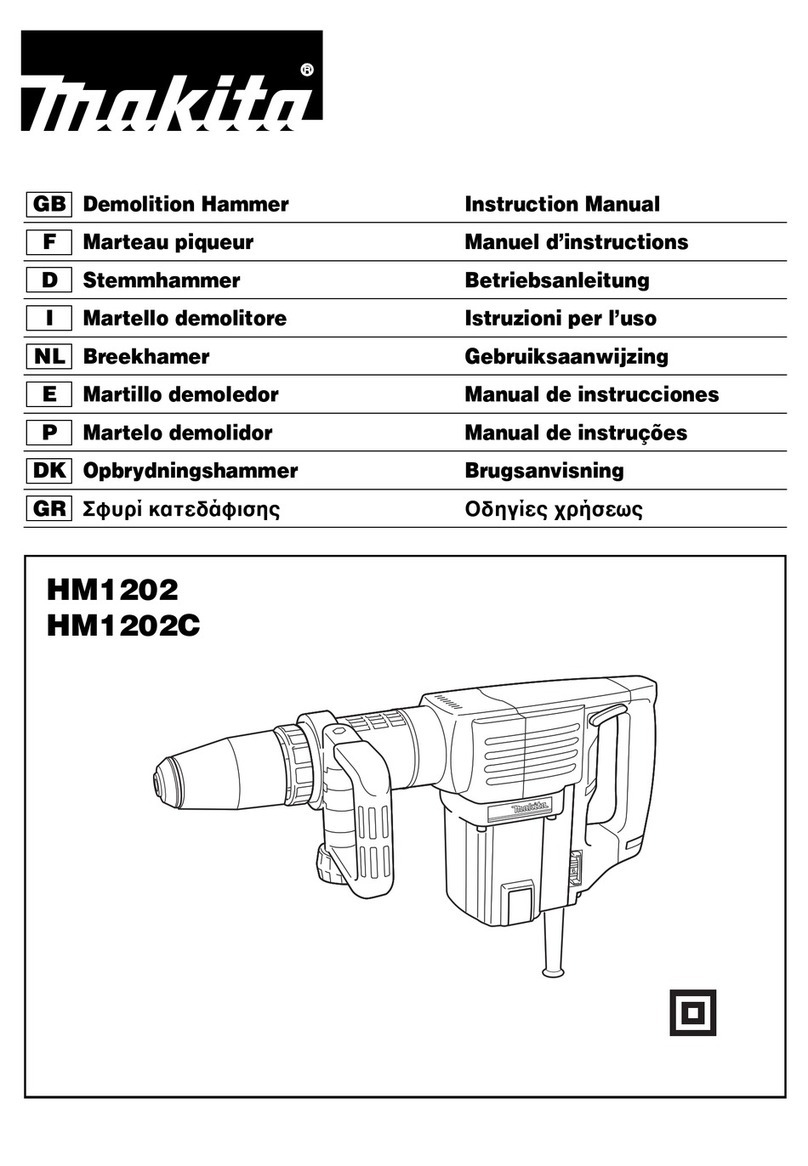
Makita
Makita HM1202 User manual

Makita
Makita 3706 User manual
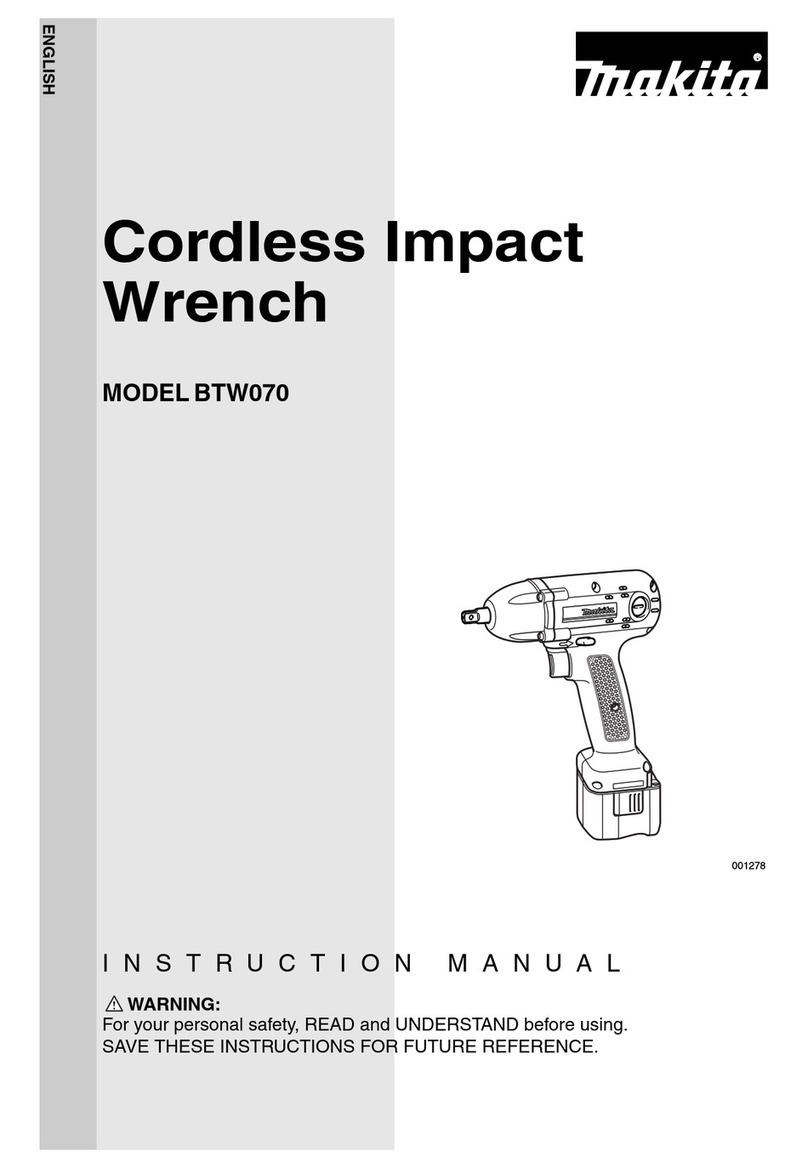
Makita
Makita BTW070 User manual
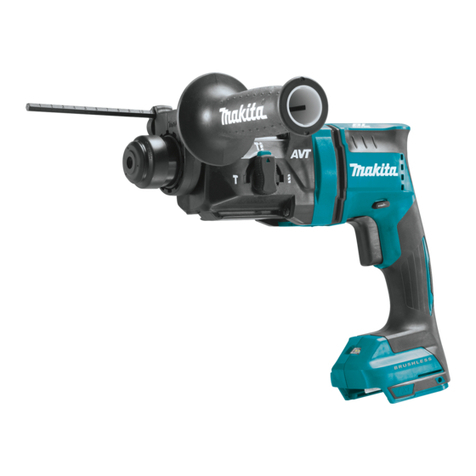
Makita
Makita XRH12 User manual

Makita
Makita BUX360 User manual
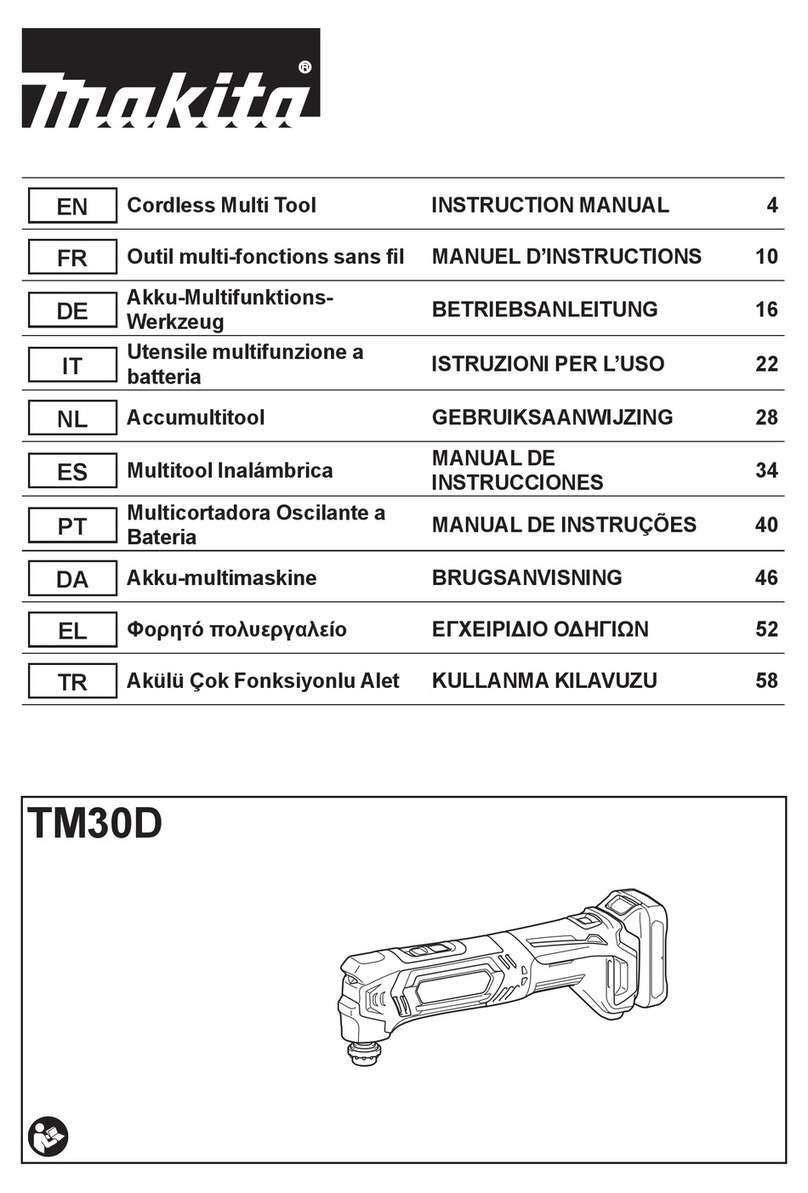
Makita
Makita TM30D User manual

Makita
Makita M3601 User manual
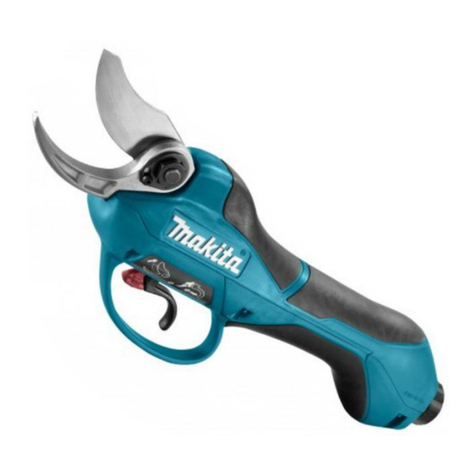
Makita
Makita DUP361PT2 User manual
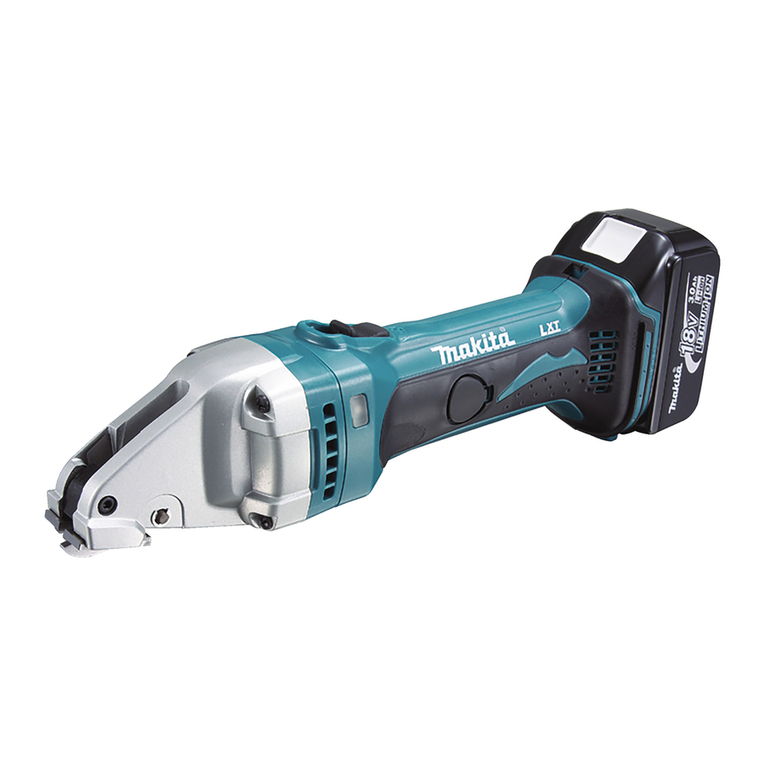
Makita
Makita DJS160 User manual
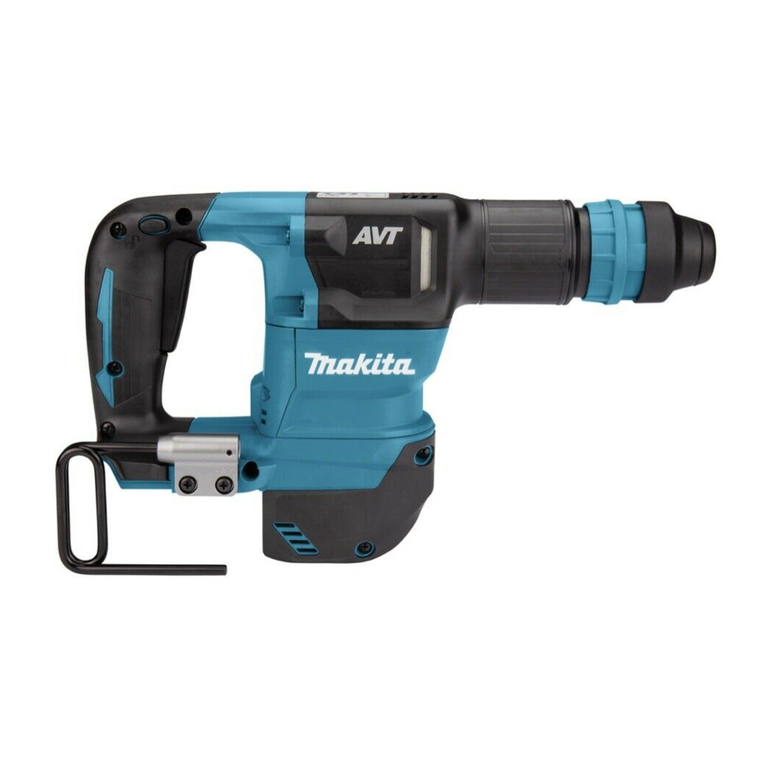
Makita
Makita DHK180 User manual
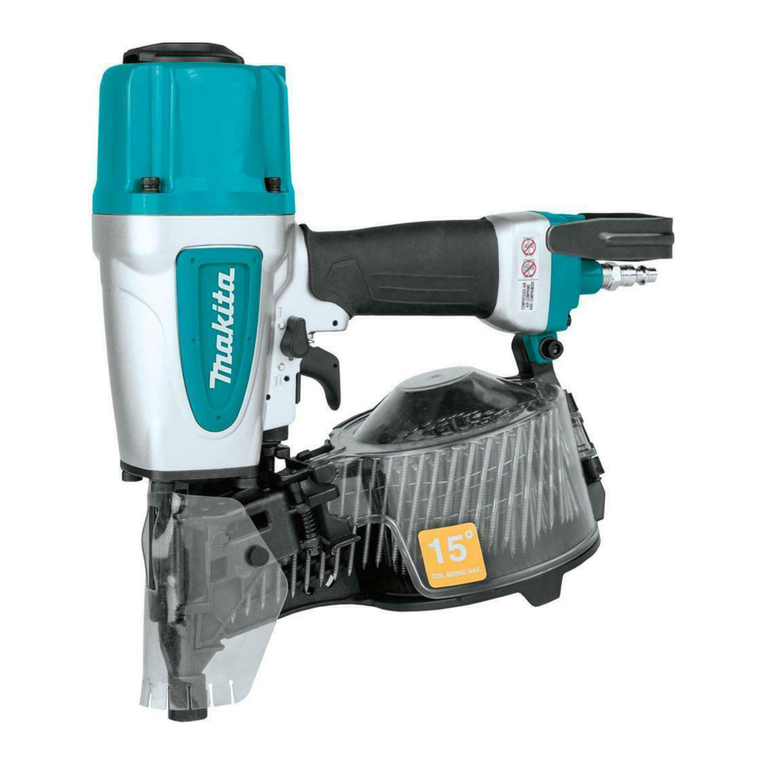
Makita
Makita AN613 User manual
